As cities worldwide grapple with rising energy demands and environmental concerns, an innovative solution is emerging beneath our wheels. Piezoelectric roads, a concept once confined to research papers and futuristic proposals, are now inching closer to reality. These smart surfaces promise to transform ordinary highways into power generators by capturing the kinetic energy of passing vehicles.
The science behind this technology hinges on piezoelectric materials - special crystals and ceramics that generate electricity when subjected to mechanical stress. When embedded beneath road surfaces, these materials convert the pressure from moving vehicles into usable electrical energy. What was once wasted as vibration and heat now becomes a valuable resource, potentially powering streetlights, traffic signals, or even feeding back into the grid.
From Lab to Asphalt: The Evolution of Piezoelectric Roads
Early experiments with piezoelectric energy harvesting focused on small-scale applications like dance floors and subway stations. The real breakthrough came when engineers developed durable piezoelectric modules capable of withstanding the constant punishment of heavy traffic while maintaining energy conversion efficiency. Modern iterations use advanced composite materials that combine piezoelectric crystals with flexible, weather-resistant substrates.
Several pilot projects have demonstrated the technology's viability. In one European trial, a 100-meter stretch of piezoelectric road generated enough electricity to power 40 street lamps for an entire evening during peak traffic hours. The system proved particularly effective near traffic lights and toll booths where vehicles frequently brake and accelerate, creating optimal pressure variations.
Engineering Challenges and Innovative Solutions
Implementing piezoelectric roads at scale presents significant engineering hurdles. The materials must survive decades of exposure to extreme weather, heavy loads, and chemical corrosion from road salts and oil leaks. Researchers have responded by developing protective ceramic coatings and self-healing polymer matrices that maintain functionality despite surface microcracks.
Another challenge lies in energy conversion efficiency. Early prototypes captured less than 5% of available kinetic energy, but recent designs incorporating multi-layer piezoelectric stacks and resonant frequency tuning have pushed efficiencies above 15%. When combined with energy storage systems that smooth out power delivery during traffic fluctuations, these improvements make the technology increasingly practical.
The Economic Equation: Costs Versus Long-Term Benefits
While piezoelectric road systems currently carry higher upfront costs than conventional pavement, their long-term value proposition is gaining attention. The technology turns transportation infrastructure into revenue-generating assets rather than maintenance liabilities. Some projections suggest that heavily trafficked highways could recoup installation costs within 7-10 years through energy production and reduced grid dependency.
Municipalities are particularly interested in the potential for off-grid lighting solutions. In remote areas where connecting to the electrical grid proves prohibitively expensive, self-powered roads could provide sustainable illumination without extensive infrastructure investments. The technology also offers resilience benefits during power outages, keeping critical transportation routes operational when traditional systems fail.
Environmental Impact and Sustainability Considerations
Piezoelectric roads present a compelling environmental case beyond renewable energy generation. By reducing reliance on fossil fuel-powered street lighting, they could significantly cut urban carbon emissions. The technology also creates opportunities for recycling - some prototypes incorporate piezoelectric elements made from repurposed industrial waste materials.
Lifecycle analyses indicate that the embodied energy in piezoelectric road systems could be offset within 3-5 years of operation in high-traffic areas. When combined with other smart road technologies like electric vehicle charging lanes, the cumulative environmental benefits multiply. Some visionaries imagine future highways that not only power themselves but actively contribute to regional renewable energy targets.
Global Adoption and Future Prospects
The international race to develop practical piezoelectric road systems has intensified in recent years. Asian and European nations currently lead in pilot deployments, while North American cities are beginning to test the technology in colder climates. Standardization efforts are underway to create uniform specifications for piezoelectric road modules, crucial for widespread adoption.
Looking ahead, researchers are exploring hybrid systems that combine piezoelectric elements with solar road technology and thermal energy capture. The ultimate vision involves "living" road surfaces that adapt to traffic patterns, repair minor damage autonomously, and generate surplus clean energy. As electric vehicles become dominant, some engineers speculate about direct vehicle-to-road energy exchange systems that could revolutionize transportation infrastructure.
The quiet revolution happening beneath our tires may soon transform how we think about roads - not just as pathways for travel, but as active participants in our energy ecosystem. While technical and economic challenges remain, piezoelectric roads represent a compelling convergence of transportation innovation and sustainable energy solutions that could redefine urban infrastructure in the coming decades.
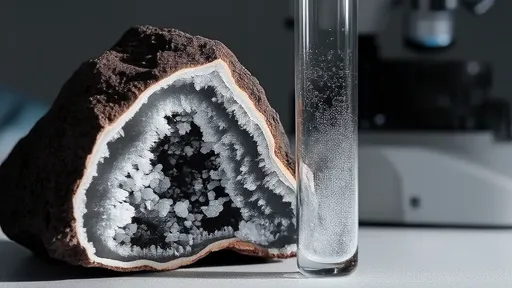
By /Jul 18, 2025
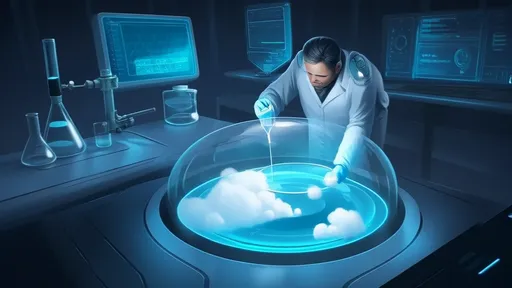
By /Jul 18, 2025

By /Jul 18, 2025
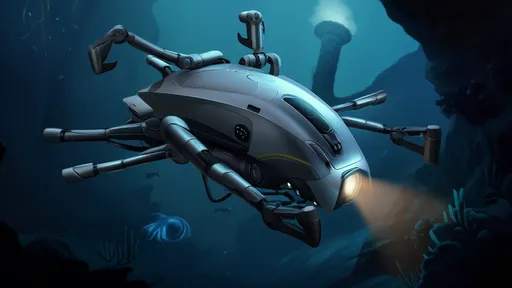
By /Jul 18, 2025
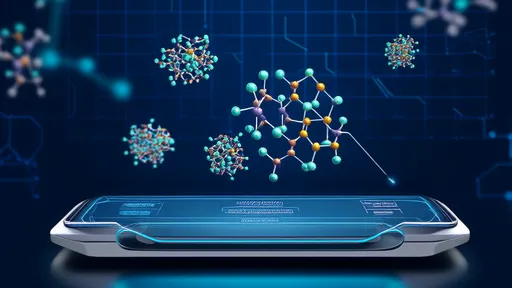
By /Jul 18, 2025
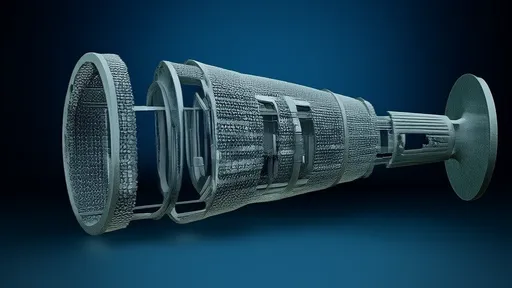
By /Jul 18, 2025

By /Jul 18, 2025

By /Jul 18, 2025
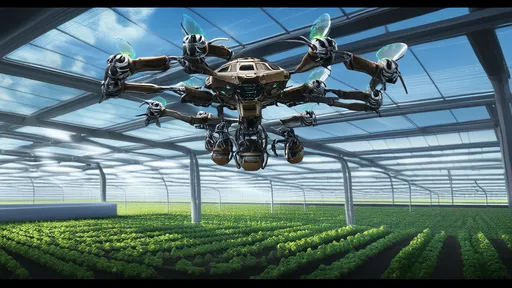
By /Jul 18, 2025
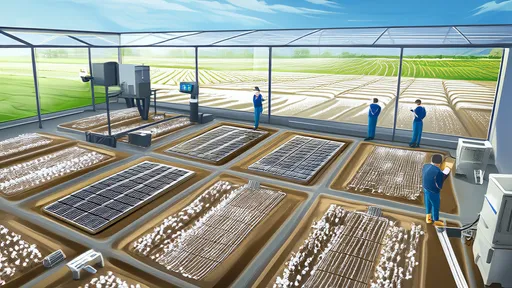
By /Jul 18, 2025
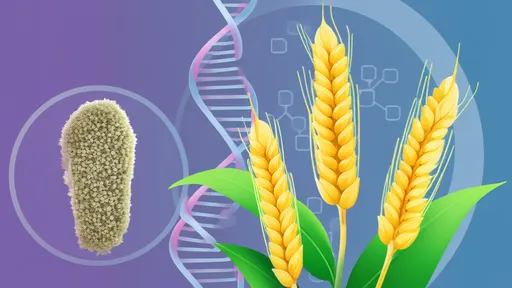
By /Jul 18, 2025
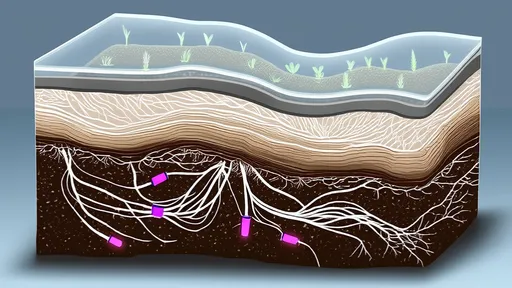
By /Jul 18, 2025
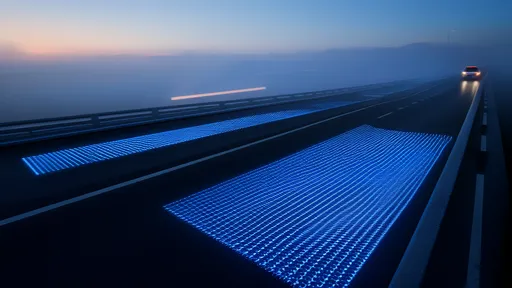
By /Jul 18, 2025
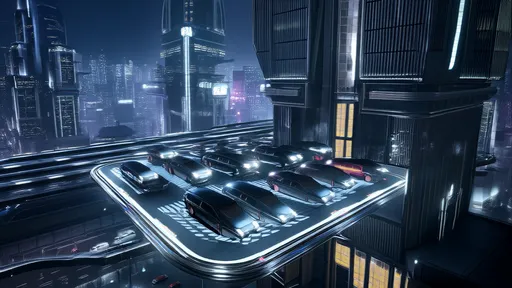
By /Jul 18, 2025

By /Jul 18, 2025
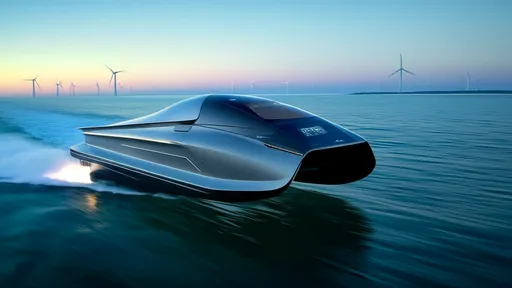
By /Jul 18, 2025
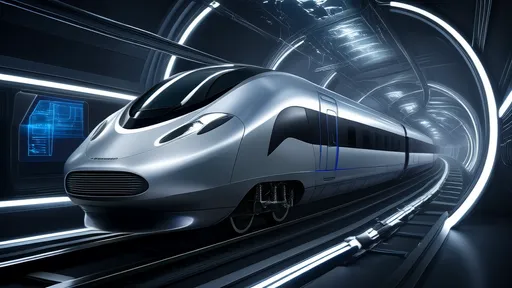
By /Jul 18, 2025
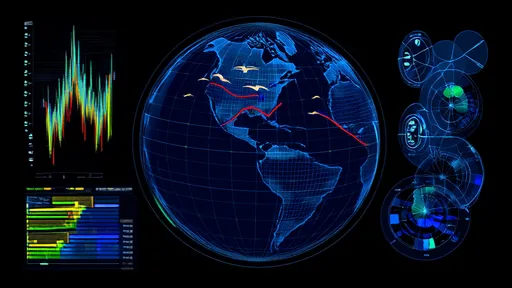
By /Jul 18, 2025